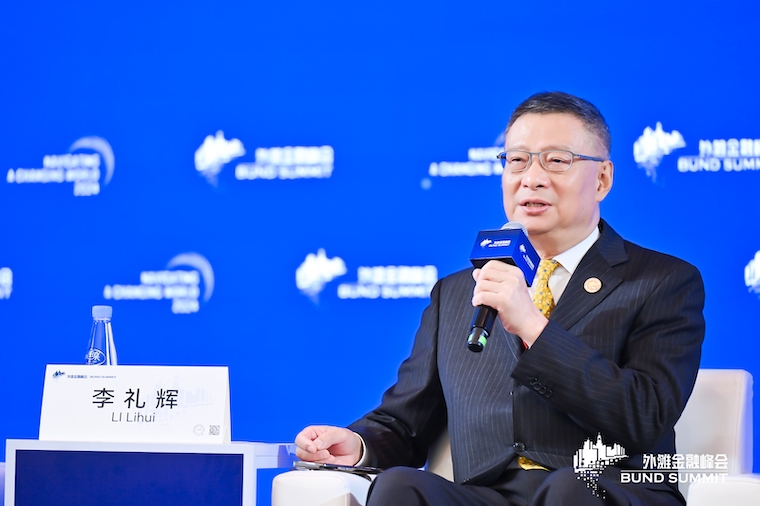

To formulate data-sharing standards for the data industry,Li Lihui suggested two main points:
1. Accelerate the open sharing of public data. Government agencies and other public service departments should expedite the desensitization process of the data they collect and store, removing personal and corporate identifiers, thereby achieving the principle of “data accessible but not visible” without the raw data leaving its domain. Models and other products could then be made available to the public, expanding the scope of public data usage. Additionally, libraries, universities, and administrative departments should expedite the process of digitizing their documents and archives to create high-quality data sets.
2. Improve personal data protection mechanisms. This includes regulating personal data collection practices and using technical methods to achieve anonymization. For non-public data, a market-driven data-sharing mechanism should be established to provide data support for inclusive finance.

LI Lihui
Former President, Bank of China


Nash noted that with the rise of information security concerns, legislation and regulations were introduced globally, making the regulatory environment for data flow particularly intricate. Furthermore, the development of cloud computing and cloud storage technologies, as well as the emergence of AI and data training models, have added to this complexity. While current policies and regulations have played an important role in protecting user privacy and data security, they have also caused friction in cross-border data flows, directly affecting the global operations of multinational companies.
Nash suggested that, while ensuring security, countries should continuously optimize policies and strengthen international cooperation to further promote global data flow.

Richard NASH
Global Vice President, PayPal


The purpose is to better reflect a company’s operating status, rather than to embellish the balance sheet or secure more financing. Currently, expectations around including data assets in financial statements might be overly optimistic. There are still several key technical issues to be resolved:
1. How to determine the book value of purchased and internally generated data assets—whether to use the cost method or another approach.
2. Whether to depreciate data assets, and if so, how to determine the depreciation period and residual value.
3. When including data assets in financial statements, under the double-entry accounting system, should this increase liabilities or profits? These choices carry different implications for financial indicators and business decisions.

LIU Xiaochun
Vice President, Shanghai Finance Institute


Pipit Aneaknithi emphasized that optimizing cross-border data flow is crucial for the future development of the digital economy, which requires joint efforts from both governments and the private sector. First, the private sector should continue to invest in the appropriate infrastructure to protect data privacy and security, while both the private and public sectors should work to relax restrictions on cross-border data flow without violating national laws and regulations. Second, governments should strengthen regional cooperation to achieve the standardization and regulation of cross-border data flow, thereby promoting economic growth and technological innovation.

Pipit ANEAKNITHI
President, Kasikornbank
Watch the highlights






